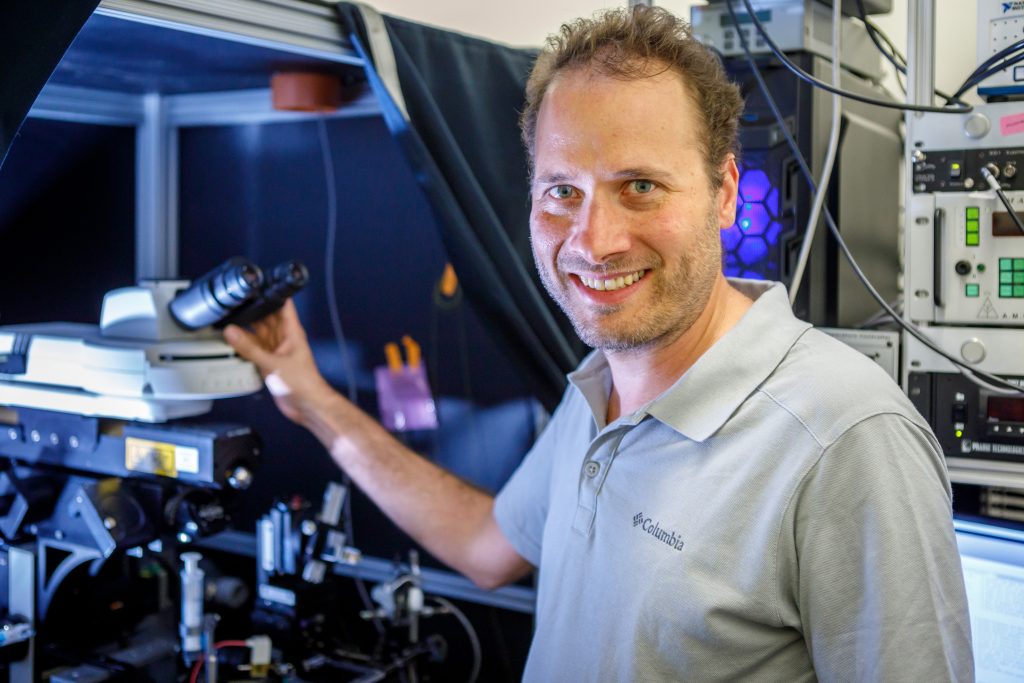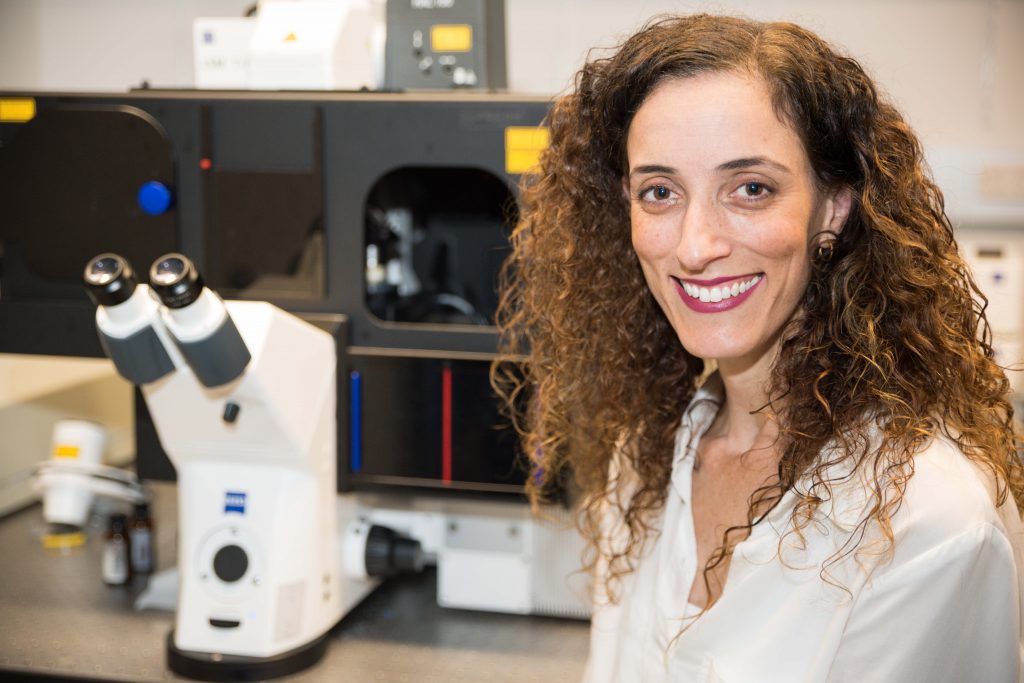Get to know the researchers who recently started working at ELSC.
Dr. Yoav Adam
Yoav’s academic career started at the Hebrew University of Jerusalem. A student of the prestigious psychobiology program, Yoav continued with a master’s degree in biochemistry with Shimon Schuldiner and a doctorate at ELSC with Adi Mizrahi. He then moved to Harvard University, where he completed his postdoctoral training under Adam Cohen. At Harvard Yoav developed state-of-the-art voltage indicators, optogenetic tools and advanced microscopes which he intends to use in his new lab.
Yoav is particularly interested the hippocampus, whose “place cells” neurons help encode spatial location. In his lab, he plans to image the electrical activity of place cells in mice while they explore a new space in virtual reality. Applying the new techniques he developed at Harvard, Yoav will investigate the underlying mechanism behind the formation of place cells by modulating their inputs optogenetically.
Yoav believes that the new technology will allow him to address this topic from a fresh perspective: These new techniques will allow him to study variations in the subthreshold membrane potential of neurons, which cannot be studied with classical methods. In the future, he would like to explore more clinically relevant questions related to memory impairments and neurodegeneration, where the hippocampus is an important node.

Dr. Lilach Avitan
After studying computer science and statistics at Bar Ilan University, Lilach completed her Ph.D. in theoretical neuroscience under the supervision of Moshe Abeles. Then she moved to the University of Queensland,Australia, to explore the neural basis of behavior in larval zebrafish.
At ELSC, Lilach intends to determine the chain of computations that is required from the moment a stimulus appears until the moment a behavior is selected and executed. The stereotyped sequence of movements performed by larval zebrafish hunting for prey is a great model to study these questions. Using sophisticated imaging techniques, primarily light sheet and two-photon microscopy, Lilach records the neural activity inside the fish brain while it virtually hunts. The ability to optically image the whole brain with single-cell precision across large networks of neurons gives her a remarkable access to the brain. Additionally, by studying brain computations at different times along development, Lilach will characterize how experience helps the brain develop its computational power. Applying statistical methods, her aim is to unravel the information flow from stimulus to action in the intact vertebrate brain.

Dr. David Omer
David (also known as Didi) completed his Ph.D. at the Weizmann Institute of Science, studying vision in the lab of Amiram Grinvald. After doing a first postdoc with Nikos Logothetis at the Max Planck Institute, he did a second postdoc in the lab of Nahum Ulanovsky at the Weizmann Institute of Science to study the neural basis of social behavior in freely flying bats. Notably, he contributed to the discovery of surprising “social place cells” in the hippocampus, which are neurons that represent the location of other conspecifics. While the hippocampus is known to play an important role in spatial navigation and memory (see Adam and Goshen labs), Didi’s recent finding reveals its potential role in social behaviors.
In his neurophysiology lab, Didi will use wireless technology to study the neural basis of complex social behaviors in freely moving and freely behaving animals. Very little is known about the involvement of the hippocampus in social behaviors and social neuropathologies. Didi is interested in whether the brain implements a cognitive map of “social space.” One would expect such abstract space to contain information about kinship and/or hierarchy between individuals. Didi’s lab will shed light on neural representations of conspecifics in spatial, temporal and social dimensions, revealing some of the most hidden secrets of the mammalian brain.

